India's Great Slowdown: What Happened? What’s the Way Out?
By MYBRANDBOOK
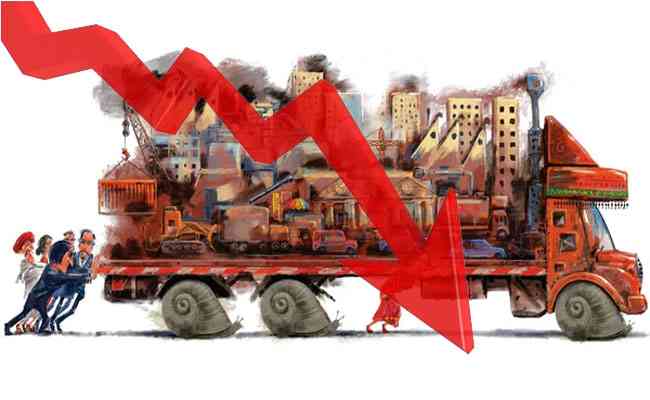
India’s economy has taken ill. The official numbers are worrisome enough, showing that growth slowed in the second quarter of this fiscal year to just 4.5 percent, the worst for a long time. But the disaggregated data are even more distressing.
Two key drivers of growth decelerated. Export growth slowed sharply as world trade stagnated, while investment fell victim to a homegrown Balance Sheet crisis, which came in two waves. The first wave-the Twin Balance Sheet crisis, encompassing banks and infrastructure companies-arrived when the infrastructure projects started during India’s investment boom of the mid-2000s began to go sour. The economy nonetheless continued to grow, despite temporary, adverse demonetization and GST shocks, propelled first by income gains from the large fall in international oil prices, then by government spending and a non-bank financial company (NBFC)-led credit boom. This credit boom financed unsustainable real estate inventory accumulation, inflating a bubble that finally burst in 2019. Consequently, consumption too has now sputtered, causing growth to collapse.
India is now facing a Four Balance Sheet challenge-the original two sectors, plus NBFCs and real estate companies-and is trapped in an adverse interestgrowth dynamic, in which risk aversion is leading to high interest rates, depressing growth, and generating more risk aversion. Standard remedies are unavailable: monetary policy is stymied by a broken transmission mechanism; large fiscal stimulus will only push up already-high interest rates, worsening the growth dynamic. The traditional structural reform agenda-land and labour market measures-are important for the medium run but will not address the current problems. Addressing the Four Balance Sheet problem decisively will be critical to durably reviving growth. Raising agricultural productivity is also high priority. And even before that a Data Big Bang is needed to restore trust and enable better policy design.
It is really frustration. The government and RBI have been trying vigorously to bring the economy back to health. Every few weeks they announce new measures, some of them quite major. Most notably, the government has introduced a large corporate tax cut, perhaps the most sweeping corporate measure ever, in the hopes of reviving investment; and recently it announced a plan to privatize four major public sector undertakings (PSUs).
The Interest-Growth Pincer
This situation has pushed the economy into a downward spiral. High rates and little credit are causing the economy to slow, which is then intensifying the stress on the corporate sector and thereby on the financial system itself, which then prompts the financial sector to become even more cautious.
Perhaps the best indicator of the stress is the difference between lending rates and the nominal growth of the economy, summarized as (i-g). In normal times, revenues and profits of the average corporate will grow at the nominal rate of growth of the economy. If this growth rate exceeds the rate of interest on corporate debt, as normally does, then corporates will find it easier to service their debt. But if (i-g) is rising, then debt stress is growing (see also Bhandari (2019) for a discussion of the economy’s general over-indebtedness).
Remedies
What is the way out? As with the diagnosis, most prescriptions fall into two camps. Those who see the slowdown as cyclical propose macro-economic stimulus of various kinds, while those who see it as structural propose various structural reforms. But this dichotomy is not really appropriate, because as we have seen the slowdown is both cyclical and structural: as cyclical supports to growth have fallen away, they have exposed severe problems in the structural Balance Sheet foundation. It is this combination that has made the slowdown so sharp and severe.
It has also what has made the Great Slowdown so difficult to deal with. In the current situation, some of the standard remedies for ordinary cyclical recessions are ineffective; others are counterproductive. Accordingly, proposed remedies can be divided into two broad categories: those that cannot or should not be done; and those that must be done. In other words, there is a negative list and a positive list. Start with the former. 12
A. Negative list
The standard tools to revive an economy in the short run are monetary and fiscal policy. But these policies will not work in the current circumstances.
Monetary policy
On monetary policy, the current debate revolves around whether the RBI has scope to lower interest rates further, with some arguing that the central bank needs to give the sluggish economy more help, while others worry more about the recent revival in inflation. This debate is misguided: both views are wrong. The problem is the transmission mechanism is broken, and as long as repo rate cuts are not translated into lending rate reductions, policy easing will neither provide support to the economy nor give much boost to inflation. It will remain ineffective (See also Chinoy, 2019).
Normally, competition ensures that changes in the RBI repo rate are translated into marketdetermined rates. In essence, the repo rate-the interest rate at which banks borrow from the RBI-determines the minimum cost of funds for banks. When this rate falls, deposit rates tend to follow, as there is little need to pay for high-cost deposits when funds are available for less at the central bank. And when deposit rates fall, competition then brings down rates on all types of credit, such as loans, government securities, corporate bonds. This is the theory, and typically the practice.
But that is not what has happened this time. At the same time as the RBI has been reducing its rates, banks-conscious of their own weak financial positions and seeing dangers in every area of their operations-have been increasing the risk premia they charge their borrowers. As a result, lending rates have not followed the RBI repo rate down, opening up a virtually unprecedented spread between the two rates, amounting to 5¼ percentage points (Figure 21). 13 The real weighted average lending rate consequently exceeds 6 percent, a punishingly high level at a time when the economy is weak and firms are struggling to pay their debts.
Consequently, the need of the hour is to fix the transmission mechanism. The temptation is to “solve” the problem through administrative orders, compelling banks to reduce lending rates. But this will only cause more problems, because administratively-determined rates will not provide banks with enough income to cover the very real risks they are facing, putting them under even more stress. The only real solution is to reduce the underlying risks, by strengthening both the financial and corporate sectors. In other words, by tackling the TBS crisis.
The article presented by :Arvind Subramanian and Josh Felman, recently in the working paper submitted in Center for International Development at Harvard University.


Legal Battle Over IT Act Intensifies Amid Musk’s India Plans
The outcome of the legal dispute between X Corp and the Indian government c...

Wipro inks 10-year deal with Phoenix Group's ReAssure UK worth
The agreement, executed through Wipro and its 100% subsidiary,...

Centre announces that DPDP Rules nearing Finalisation by April
The government seeks to refine the rules for robust data protection, ensuri...

Home Ministry cracks down on PoS agents in digital arrest scam
Digital arrest scams are a growing cybercrime where victims are coerced or ...

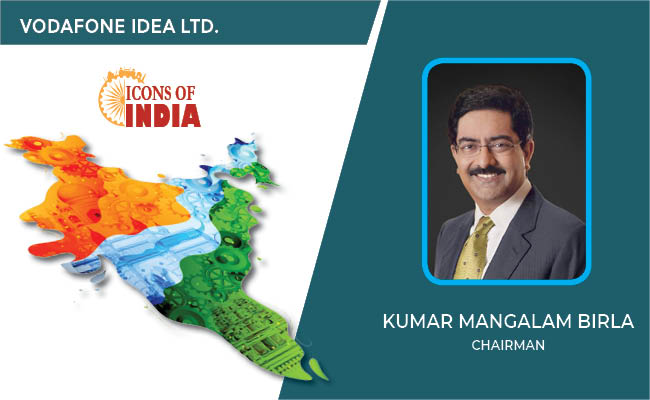
Icons Of India : Kumar Mangalam Birla
Aditya Birla Group chairman Kumar Mangalam Birla recently made a comeb...
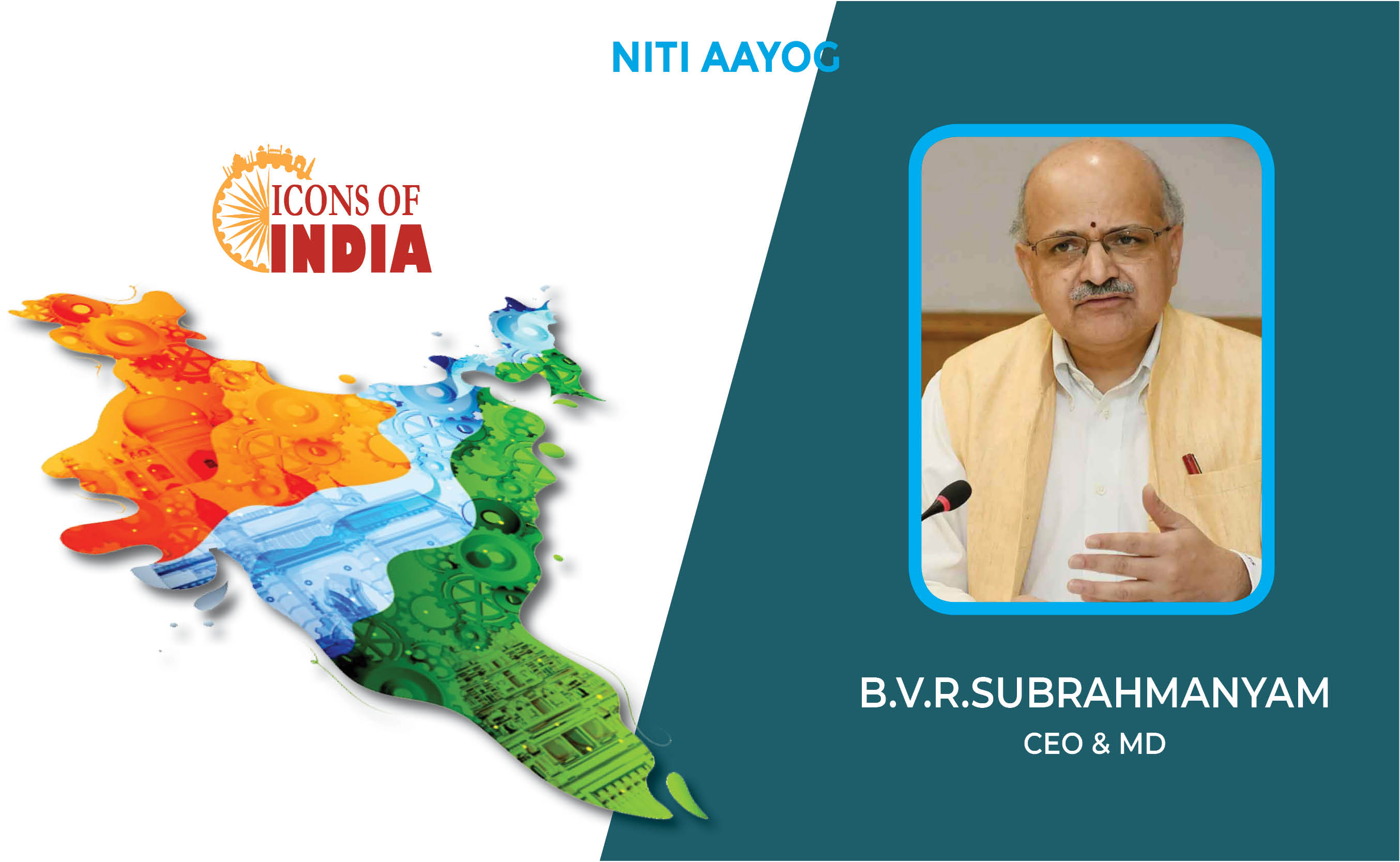
Icons Of India : B.V.R. Subrahmanyam
A 1987 batch (Chhattisgarh cadre) Indian Administrative Service Office...
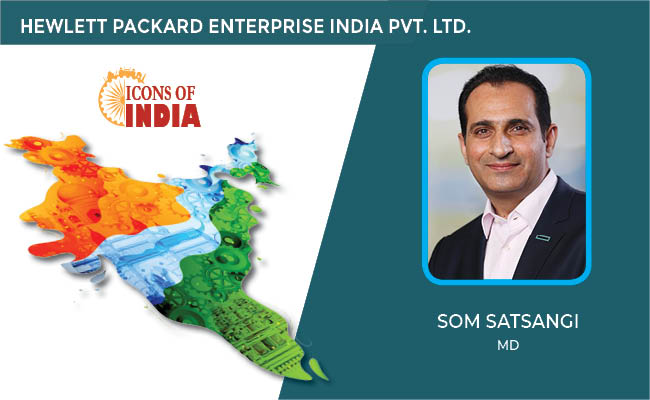
ICONS OF INDIA : SOM SATSANGI
With more than three decades in the IT Sector, Som is responsible for ...

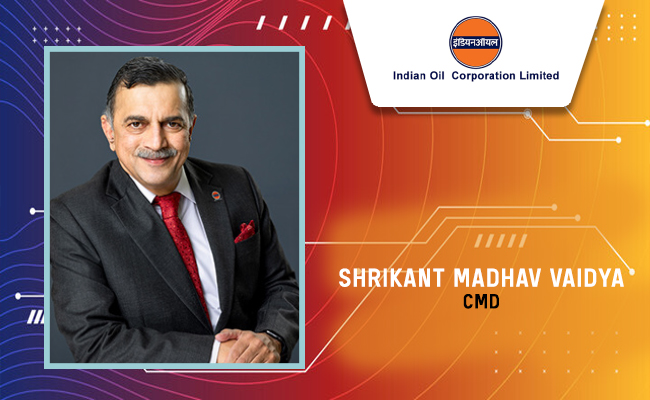
IOCL - Indian Oil Corporation Ltd.
IOCL is India’s largest oil refining and marketing company ...
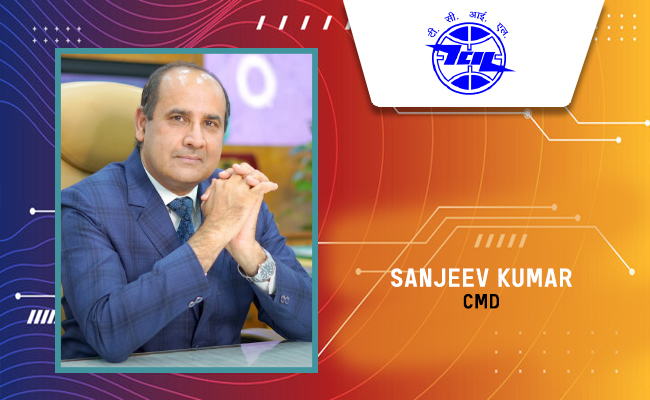
TCIL - Telecommunications Consultants India Limited
TCIL is a government-owned engineering and consultancy company...
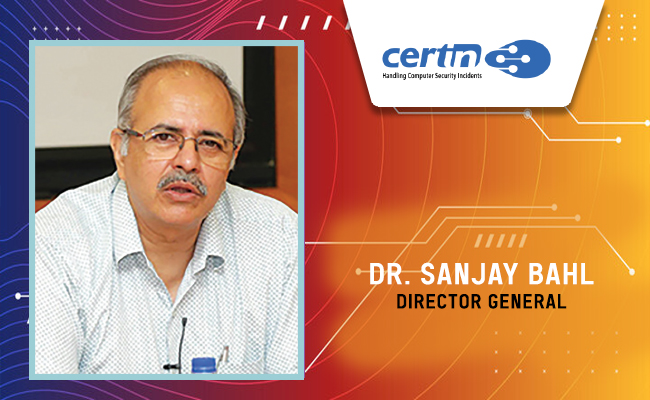
CERT-IN - Indian Computer Emergency Response Team
CERT-In is a national nodal agency for responding to computer security...

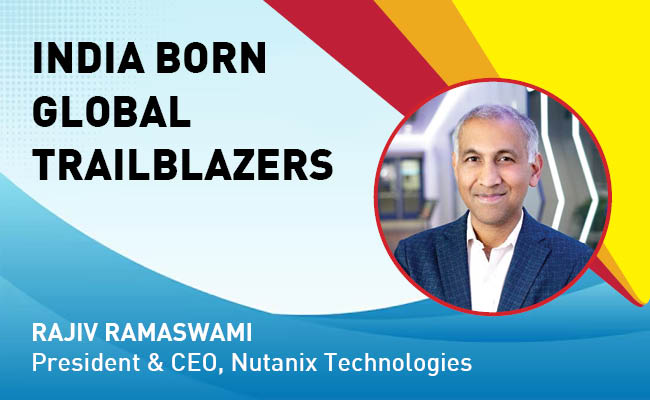
Indian Tech Talent Excelling The Tech World - Rajiv Ramaswami, President & CEO, Nutanix Technologies
Rajiv Ramaswami, President and CEO of Nutanix, brings over 30 years of...
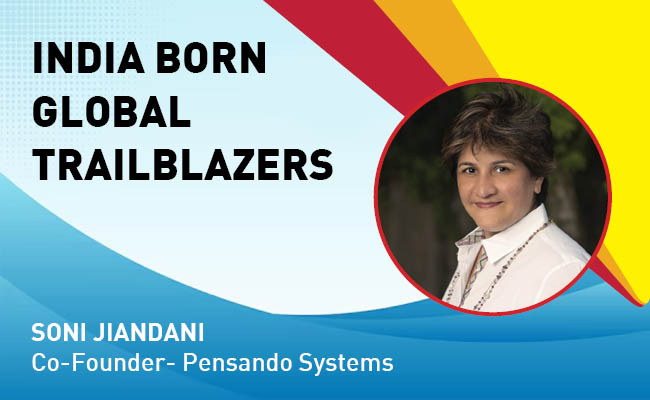
Indian Tech Talent Excelling The Tech World - Soni Jiandani, Co-Founder- Pensando Systems
Soni Jiandani, Co-Founder of Pensando Systems, is a tech visionary ren...
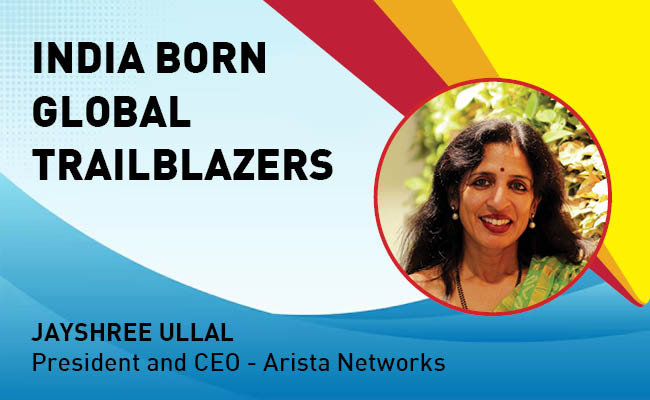
Indian Tech Talent Excelling The Tech World - JAYASHREE ULLAL, President and CEO - Arista Network
Jayshree V. Ullal is a British-American billionaire businesswoman, ser...
 of images belongs to the respective copyright holders
of images belongs to the respective copyright holders